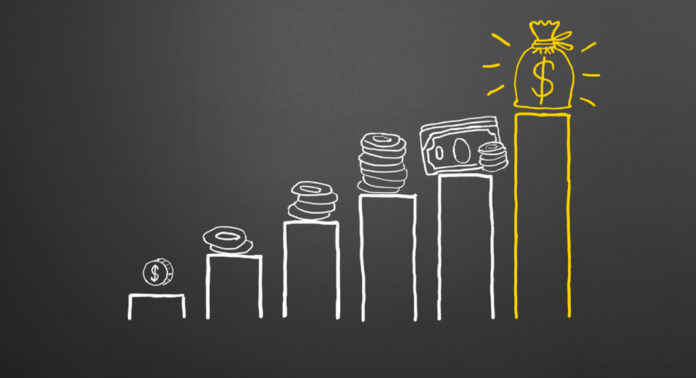
I spent the greater part of 2009 traveling the country, speaking to dentists about how to increase production in their practices. While in past years these gatherings included a wide distribution of dentists, last year I observed basically two types across all age groups and skill sets. These included dentists who were struggling financially and dentists who were unaffected by the economy.
In my experience, polarization of this magnitude in any industry indicates an emerging paradigm shift. The big questions in my mind quickly became “What is causing this?” and “What will this mean for dentistry?”
The answer to the first question came easily. Almost without exception the successful dentists were running outcome-oriented practices, while the less-productive dentists were running production-oriented practices. This might seem counterintuitive until you consider the mistake that production-driven practices make time and time again—namely, presenting dentistry as an expense.
To the production-obsessed, the old adage of “time is money” appears in every facet of patient interaction. Patients get the “dentistry is an expense” message in everything from long waits to a dentist’s running from operatory to operatory trying to meet some unrealistic production goal.
Just think of the last time you went to get an oil change on a Saturday. A technician may have touted the benefits of high-mileage synthetic oil and a new air filter. In that moment, were you thinking about potential benefits, or were you just hoping to get out of there without having to spend too much?
Now, visualize your practice. Is the waiting room full of people sitting for long periods because your schedule is too ambitious? Are you presenting treatment chairside, talking fast because you have a backlog of patients? If so, how do you think your patients envision the dentistry you are asking them to pay for?
Dentistry is not an expense! Good dental health has implications far greater than just appearance. I personally know of patients who have suffered for decades with migraines only to find out later that the problem was due to a bite issue. Was the treatment plan to fix that issue seen as an expense by the patient, or as an opportunity for a better life?
Good dentistry is not cheap, but it does not mean that it is an expense. What makes dentistry expensive is the manner in which it is presented to the patient. For confirmation of this, you need look no further than the definition of the word “value.” Value is the worth something has once the price has been paid. If your patients can’t see past the expense, then you need to learn what it means to present value.
Engage your patients in a thoughtful discussion of their dental needs. Establish a clear vision of a desired outcome, and the conversation will easily transcend the issue of cost. New patients will seek you out because you offer value they can’t get elsewhere.
Outcomes do bring income. Patients, no matter what the economy, will spend money for value. I have told countless dentists that a good indicator of how your practice will do 3-6 months down the road is based upon the number of times a patient hugs you and expresses gratitude for a positive outcome, even though it wasn’t the initial reason for the visit.
As for what the changing paradigm will mean, you need look no further than your local optometrists. They are an example of what can happen when the public views a business as an expense to be shopped around for the best price. If you are struggling or feel that you are not practicing the type of dentistry you had envisioned, make 2010 the year you become an outcome-oriented practitioner of comprehensive dentistry.









